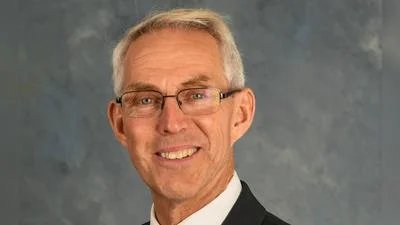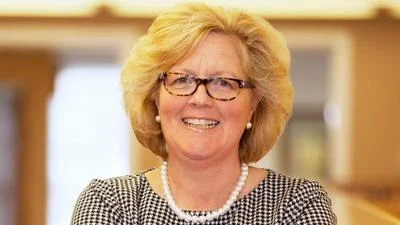Physicians call for more support in the Black community for HIV access, treatments and education | https://carle.org/getmedia/f41f7ca7-8c45-4509-a59d-28149b7b351f/HIV-2.jpg?width=500&height=333&ext=.jpg
Physicians call for more support in the Black community for HIV access, treatments and education | https://carle.org/getmedia/f41f7ca7-8c45-4509-a59d-28149b7b351f/HIV-2.jpg?width=500&height=333&ext=.jpg
February 7 is National Black HIV/AIDS Awareness Day in the United States. This day recognizes the need for equity in HIV/AIDS education and treatment access in a community greatly impacted by these diseases.
HIV, or human immunodeficiency virus, attacks the immune system of the patient, mainly the white blood cells. This weakens the immune system and can lead to AIDS or acquired immunodeficiency syndrome.
And while it’s clear these diseases affect people of all genders and races, according to a 2019 CDC study, Black men accounted for three-quarters of new HIV infections in the U.S., with Black women also affected at a higher rate.
“In general, access to healthcare has a disparity. This includes testing,” said Elias Woldegabriel, MD, Infectious Diseases. “Some patients stop treatment after they feel better, and with the stigma, some refuse treatment even when it’s available.” The number of people who do not know they are HIV positive has dropped to 13%, but there is still room for improvement.
Dr. Woldegabriel said that of the new cases of HIV diagnosed a year, Black and brown community members make up a large part of those cases. A separate CDC study found that Black transgender women made up 62% of infections in the US transgender community.
“We’ve made significant progress in prevention, diagnosis and treatment,” said Dr. Woldegabriel. “This benefits those who have HIV as well as the larger community by decreasing the spread of HIV, and possibly stopping the spread of the disease.”
As a Black, gay man who is currently a resident in the Carle Family Medicine program, Christopher Veal, MD, CTICP, knows very well the impact of HIV on his community. The history of a patient who was recently referred to Dr. Veal is a reminder to him of the importance of caring for HIV positive patients.
A decade ago, a patient received an HIV diagnosis but due to a terrible experience with a physician, they did not come back for treatment. The patient’s conditioned worsened, and when they came back for treatment, it was too late. “He was Black like me, 30 years old and gay,” said Dr. Veal. “This could be me. HIV is a preventable disease now, but he didn’t receive treatment because of the trauma of that first visit. That will be with me forever. It reminds me of why I do what I do, why it’s so important.”
“We now strive to start treatment as early as on the day of the HIV diagnosis,” said Dr. Woldegabriel. “With early treatment, we can avoid the risk of developing AIDS and people with HIV can expect to live a normal life span. In the past, early treatment was not the norm.”
Pre-exposure prophylaxis, PrEP, is over 96% effective in preventing transmission of HIV.
“Being undetectable, along with the use of PrEP and condoms, means that the odds of getting HIV is basically impossible,” said Dr. Veal. “The phrase ‘Undetectable equals untransmissible’ has become popular in the culture.”
Dr. Woldegabriel urges everyone to get tested for HIV and to take steps to address the disease. “Waiting doesn’t get you anything. Not knowing your HIV status can be detrimental by delaying treatment. Undiagnosed HIV will lead to AIDS. Treatment of HIV at the AIDS stage can be difficult and may lead to many complications as well as treatment failure.”
Treatment has also evolved to be more efficient with fewer side effects, and much easier to manage. “We now have an injectable medication taken every two months,” said Dr. Woldegabriel. “Nowadays, most people with HIV can be managed with just one pill once a day.”
Equal access to HIV education is the best measure to protect against HIV and AIDS for those in the community and for healthcare providers. According to Dr. Veal, education can also come in the form of entertainment.
“Media and advertising have shifted to show patients living their lives and thriving,” said Dr. Veal. “This humanizes the trans experience and the lives of those with HIV.”
Dr. Veal encourages his fellow physicians to better educate themselves on how to speak about HIV with their patients.
“It comes down to just asking about the disease and recommending PrEP,” he said. "If you don’t ask, you don’t know. It’s important for doctors to be open to these conversations to provide needed treatment."
The shift in how the media presents HIV gives Dr. Veal hope that it will help break the stigma and start important conversations without fear.
For more information about HIV and AIDS testing and treatment, visit Carle.org or https://www.ashasexualhealth.org/
Original source can be found here.






 Alerts Sign-up
Alerts Sign-up